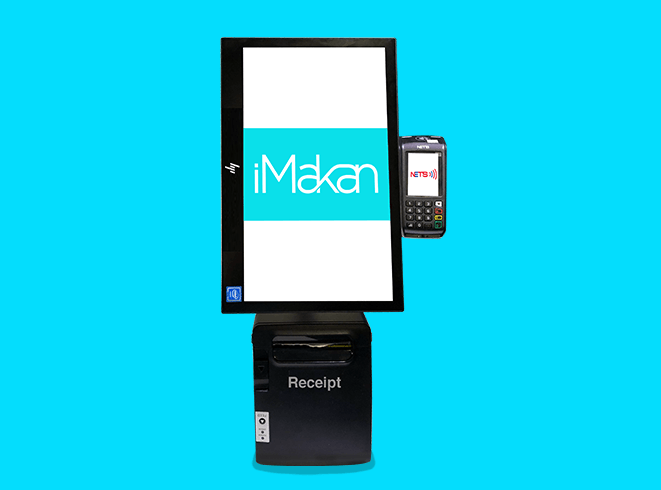You have been seeing self order kiosk stations everywhere. From fast food outlets, bubble tea shops and even dine in restaurants. But have you ever wondered how it all started and why is it so popular?
Let's find out in this quick read.
Vending machines
Believe it or not, the earliest self order kiosk are still all around us. The vending machines. It was invented by Percival Everitt in 1833. SInce then, these “self order kiosk” were appearing everywhere. Selling items like drinks to packaged meals
The first interactive kiosk
Up till 1977, these “self order kiosk” or vending machines, were mechanically operated. Until Murray Lappe, from the University of Illinois, developed the first interactive kiosk. It had a plasma touch screen interface, and was used as a informational kiosk for students.
When the kiosk debuted in April 1977, it was reported that over 30,000 people stood in line, for over 6 hours, to interact with the kiosk.
Supermarket self checkout
In the early 1900s, Dr Howard Schneider developed the first retail self check out kiosk. By 2003, these kiosks were used in almost every supermarket in America.
Evolution of the kiosks
In year 2000, self check in kiosks were rolling out in US airports. After 9/11 happened, new airport security measures slowed down queues in airports and caused congestions. Airport operators turned to self check in kiosks to lower manpower cost and reduce congestions.
Mcdonald's self order kiosk
In 2003, McDonald’s started testing and rolling out self order kiosk in their Canadian outlets. The reason, according to former McDonald’s CEO, Steve Easterbrook, was that when people dwell more, they select more.
This will help increase the average order size by an estimated 5% - 6% the first year.
The rise of self order kiosk in Singapore
In Singapore, most F&B merchants, like you, are facing the same challenges. Lack of manpower or high manpower costs, slow queues that drive people away, and trying to improve customer’s dining experience.
Seeing how implementation of self order kiosk have helped fast food chains, it is no surprise that self order kiosk are increasingly popular.
Looking for self order kiosks for your business? We can help.
Working with F&B merchants like you for the past 15 years, have helped us developed an understanding of common challenges of F&B merchants. Hence, we have come up with two self order solutions. QR code mobile ordering and self order kiosk.
Contact us at (+65) 6271 5788, or drop us a free demo request to find out more!












